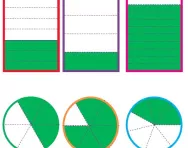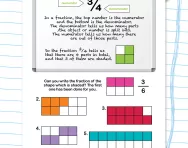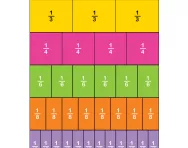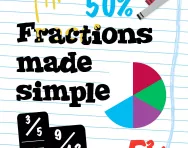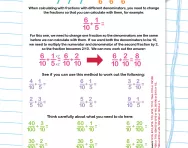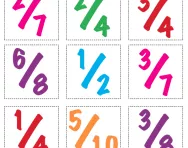Important update from TheSchoolRun
For the past 13 years, TheSchoolRun has been run by a small team of mums working from home, dedicated to providing quality educational resources to primary school parents. Unfortunately, rising supplier costs and falling revenue have made it impossible for us to continue operating, and we’ve had to make the difficult decision to close. The good news: We’ve arranged for another educational provider to take over many of our resources. These will be hosted on a new portal, where the content will be updated and expanded to support your child’s learning.
What this means for subscribers:
- Your subscription is still active, and for now, you can keep using the website as normal — just log in with your usual details to access all our articles and resources*.
- In a few months, all resources will move to the new portal. You’ll continue to have access there until your subscription ends. We’ll send you full details nearer the time.
- As a thank you for your support, we’ll also be sending you 16 primary school eBooks (worth £108.84) to download and keep.
A few changes to be aware of:
- The Learning Journey weekly email has ended, but your child’s plan will still be updated on your dashboard each Monday. Just log in to see the recommended worksheets.
- The 11+ weekly emails have now ended. We sent you all the remaining emails in the series at the end of March — please check your inbox (and spam folder) if you haven’t seen them. You can also follow the full programme here: 11+ Learning Journey.
If you have any questions, please contact us at [email protected]. Thank you for being part of our journey it’s been a privilege to support your family’s learning.
*If you need to reset your password, it will still work as usual. Please check your spam folder if the reset email doesn’t appear in your inbox.
What is the denominator?

What is the denominator?
The denominator is the bottom number of a fraction. So in the fraction 3/8 the denominator is 8. In the fraction 5/6 the denominator is 6.
Learning about fractions in KS1 and KS2
In Year 1, children are taught to recognise, find and name one half and one quarter.
In Year 2, children are taught to recognise, find, name and write fractions such as 1/3, 1/4, 2/4 and ¾ of a length, shape, set of objects or quantity. They write simple fractions for example, ½ of 6 = 3 and recognise the equivalence of 2/4 and 1/2.
In Year 3, they start using fraction notation (looking at the diagram below, writing 3/6 to express what they are seeing).
It is helpful for them to see diagrams so that they are aware that the denominator is the total number of parts.
In Years 3 and 4, children learn about fractions equivalence. Looking at a fractions wall they will start to understand how fractions can represent the same amount, even if they are split up into different numbers of parts, which give them different denominators.
In Years 4, 5 and 6 they need to relate fractions to their decimal equivalents.
To understand this, it is helpful for them to understand that decimals deal with whole numbers being split into one hundred equal parts, so a decimal number can be compared to a fraction with 100 as the denominator, for example: 0.41 is 41/100.
In KS2 children learn to simplify fractions by dividing the numerator and denominator by the same number.
They may also be given a list of fractions with different denominators and be required to convert them all so that they all have the same denominator.


